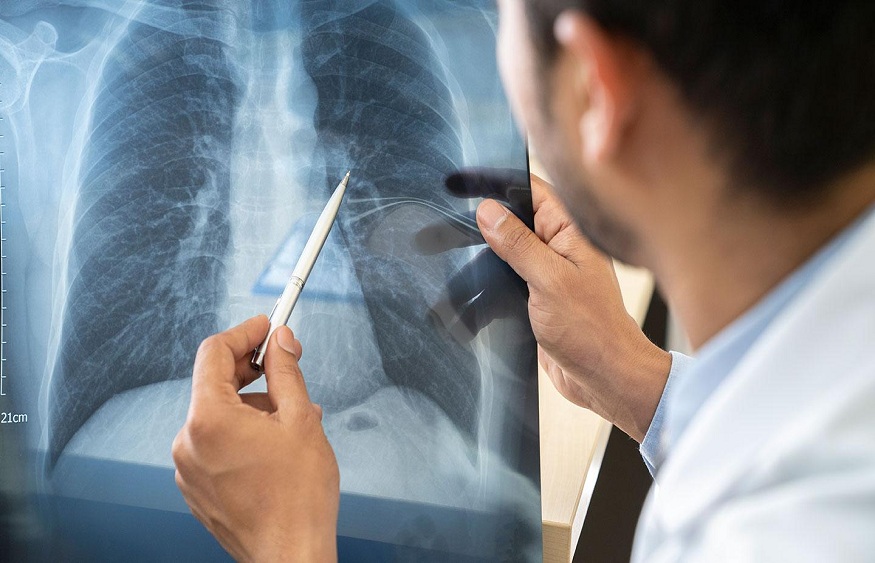In the rhythm of life, the simple act of breathing is a testament to the ceaseless work of our respiratory system. With every inhale and exhale, our lungs and airways play a fundamental role in oxygenating our bodies and eliminating carbon dioxide. Yet, this seemingly effortless function can be disrupted by a multitude of conditions, emphasizing the need for a specialized branch of medicine dedicated to lung and airway health, known as Respiratory Medicine.
Understanding Respiratory Medicine
Respiratory Medicine, also known as Pulmonology, is a specialty that focuses on the diagnosis, treatment, and management of conditions and diseases affecting the respiratory system, which includes the lungs, airways, and the structures of the chest cavity. Physicians who specialize in this field are referred to as pulmonologists. They are extensively trained to handle conditions ranging from common respiratory disorders like asthma and pneumonia to complex diseases such as lung cancer and chronic obstructive pulmonary disease (COPD).
Common Respiratory Conditions
Numerous conditions can impact our respiratory system, each presenting its unique challenges. Some common respiratory disorders include:
Asthma: A chronic condition characterized by inflammation and narrowing of the airways, causing shortness of breath, wheezing, and coughing.
COPD: This term refers to a group of progressive lung diseases, including emphysema and chronic bronchitis, which cause breathing difficulties.
Pneumonia: An infection that inflames the air sacs in one or both lungs, potentially filling them with fluid or pus.
Lung Cancer: This refers to the uncontrolled growth of abnormal cells in one or both lungs.
Pulmonary Hypertension: A type of high blood pressure that affects the arteries in the lungs and the right side of the heart.
Tuberculosis: A potentially serious infectious disease that primarily affects the lungs, caused by the bacterium Mycobacterium tuberculosis.
Diagnosing and Treating Respiratory Conditions
The diagnosis of respiratory conditions often involves a combination of clinical examination, imaging studies, pulmonary function tests, and sometimes, biopsy. Pulmonologists are skilled in procedures such as bronchoscopy, which allows a direct examination of the airways, and thoracentesis, which involves the removal of fluid from the chest for analysis.
The treatment plan for respiratory conditions is tailored to the individual patient, based on the specific disease, its severity, and the patient’s overall health status. It may include:
Medications: Various medications, including bronchodilators, steroids, antibiotics, antivirals, and chemotherapy drugs, are used to treat different respiratory conditions.
Pulmonary Rehabilitation: This is a program of exercise, disease management, and counseling aimed at improving lung health and reducing symptoms of lung problems.
Oxygen Therapy: For some chronic respiratory conditions, additional oxygen may be required to ensure the body gets the oxygen it needs.
Surgery: Surgical interventions, from minimally invasive procedures to lung transplants, may be necessary for certain conditions.
Conclusion
In the orchestration of life, our breath is the constant melody that underscores our existence. The field of Respiratory Medicine, with its focus on lung and airway health, strives to ensure that this melody continues unhindered. By managing respiratory conditions effectively, it offers millions the promise of a healthier life and the freedom to breathe easy.




